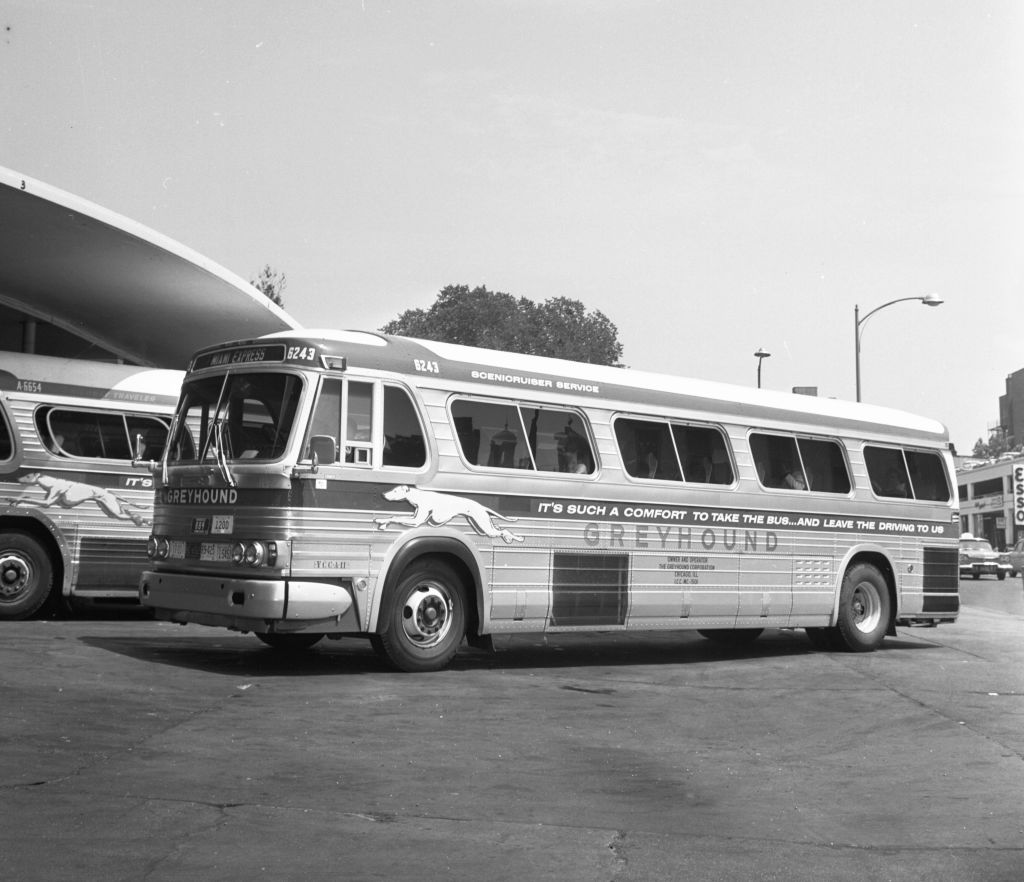
In the coming months, the United States Department of Health and Human Services plans to implement a newly proposed rule that would ensure proper allocation of federal welfare funds at the state level. As an ongoing civil lawsuit in Mississippi alleges, too often these funds get funneled into the pockets of wealthy donors through grants rather than going to the poor as intended.
The powerful myth that welfare recipients are “couch potatoes” or “welfare queens”—a stereotype that portrays recipients of government aid as poor, unmarried Black mothers who live lavishly on undeserved financial assistance—has long hindered adequate state funding for the poor. Ronald Reagan popularized this skewed portrayal in the 1970s and it has become so pervasive that Oliver Anthony included the idea in his 2023 country hit “Rich Men North of Richmond,” sparking debate. Republican politicians continue to stoke this myth to argue in favor of limiting the welfare state.
And their actions reveal the truth about the "welfare queens" trope: this rhetoric has always been about using welfare recipients as political pawns. That becomes clear if one looks at the history of the idea. Some scholars have argued that it dates back to the infamous 1965 Moynihan Report, which controversially described Black mothers’ economic struggles. But in reality, the idea of welfare queens was firmly in place long before Harvard professor and policy advisor Daniel Patrick Moynihan weighed in. Instead, the concept stemmed from the 1962 Reverse Freedom Rides, a segregationist effort to send welfare recipients to the north. This campaign spotlighted the true motive behind the “welfare queen” myth—one that remains firmly entrenched.
In 1961, the Congress of Racial Equality (CORE) launched the freedom rides, in which Black and white civil rights activists sought to integrate interstate buses. As freedom ride buses originating in the North arrived in the Jim Crow South, the activists confronted extreme violence from white supremacists. The tactic helped the civil rights movement spotlight the horrors of segregation and spurred federal action.
The next year, the White Citizens’ Council—a segregationist organization established in opposition to the 1954 Brown v Board Supreme Court decision that mandated school integration—decided to capitalize upon the success of the Freedom Rides by staging “Reverse Freedom Rides.”
Read More: Oliver Anthony's 'Rich Men North of Richmond' Misses the Point
Segregationists saw reverse freedom rides as a way to rid their communities of Black residents, especially in Alabama, Arkansas, and Louisiana, by busing them to the North. Local Council members advertised to Black residents, promising one-way bus tickets and falsely claiming that jobs, housing, and opportunity awaited Reverse Riders once they arrived in locations like Cleveland, Detroit, and Hyannis, Mass. (where President John F. Kennedy, who had supported the original Freedom Rides, had a family vacation home). The Citizens’ Councils targeted poor, Black women who depended on some form of welfare, many of whom were single or widowed with children. Often these women were longtime residents of their communities.
To generate financial support for their campaign, Council members assailed these women and their children as lazy and undeserving of aid and asserted that their removal would represent progress for the white community. In local newspapers, Council members defended reverse riders’ dislocation by emphasizing that they were welfare recipients and therefore drains on their communities. The fact that unmarried mothers with dependent children who received federal welfare assistance were barred from working outside of their homes as a condition of receiving this aid was never mentioned—and only fueled the stereotype that these women were lazy and undeserving of such help. They saw the Reverse Rides as clearly aligned both with their goal to maintain segregation as well as their effort to “encourage welfare recipients to go elsewhere.”
Their pitch proved enticing to white southerners. Donations and pledges poured in at mass meetings and in response to newspaper advertisements, all with the goal of ridding communities of poor Black women.
Mamie Lee Underwood, born in Centreville, Ala., was one of these Reverse Riders. Underwood, her 10 children, and one grandchild had long lived in poverty. The meager $114 of welfare benefits she received each month did little to support her family, and the rigid enforcement of Jim Crow laws in her community ensured that she and her children lacked access to quality education and work. When the Bibb County Citizens’ Council posted advertisements in the local newspaper promising economic opportunity, access to education, and a furnished apartment in a heated building in Cleveland, Underwood saw an escape from the cycle of poverty that had long entrapped her and would continue to pervade the lives of her children.
But the promises made by the Citizens’ Council, led by chairman, newspaper editor, and Centreville mayor J.W. Oakley, were false. Underwood and her family boarded a Greyhound bus and arrived in Cleveland on July 1, 1962. Once they reached Ohio, however, there was no furnished apartment waiting, nor readily available economic opportunities. Underwood couldn’t find work, nor did she qualify for financial assistance due to the Cuyahoga County Welfare Department’s residency requirements.
When Underwood wished to return to Ala., Oakley declared: “We are through with her case. I don’t feel like it’s our responsibility to help her get back.” After the Council denied her assistance, the Cuyahoga County Welfare Department—which had its own vested interest in Underwood’s exit from Cleveland—provided the family bus tickets back to Alabama.
Underwood’s story was common. Like Underwood, some of the women and their families eventually returned to the South, but others were denied assistance and remained displaced.
A year later, as the popularity of Citizens’ Councils declined, the reverse freedom ride effort died out. While the campaign ended, the ideas that had sucked white Southerners into paying for the rides up North did not.
Read More: How Poverty Is a Direct Result of Corruption
By the late 20th century, politicians across the country portrayed welfare recipients as burdens upon their communities, whose poverty status made them undeserving of local, state, and federal-level care. These efforts to deny welfare became popular across the political spectrum, with the conservative Republican Reagan’s “welfare queen” rhetoric in the 1980s leading to Democrat Bill Clinton’s 1992 presidential campaign promise to “end welfare as we have come to know it.” Clinton eventually signed a Republican bill that did just that in 1996 after vetoing two earlier versions.
Like Oakley, many officials believed that they bore no responsibility for the needy among them. Instead, they saw welfare recipients as pawns who they could use to advance a broader political project—one that absolved the community of responsibility for the poor, shrank federal oversight, and eliminated the social safety net for the impoverished.

While their political project was different from that of the segregationists who sought to remove Black residents from their communities, the tactic remained the same: vilifying female welfare recipients. And that strategy has remained consistent over the decades.
Indeed, even as the federal government plans to implement welfare distribution oversight, several Republican-led states stand ready to deny assistance later this year because they, in the words of Nebraska Governor Jim Pillen, “don’t believe in welfare.”
The stereotypes that shaped the Reverse Rides and “welfare queen” discourse endure and pervade welfare policies. If such welfare rollbacks and depictions of the poor continue, those in need—not unlike Reverse Riders—will be left stranded and without aid.
Allie R. Lopez is Ph.D candidate in history at Baylor University, writing a dissertation on the freedom struggle in rural Alabama.
Made by History takes readers beyond the headlines with articles written and edited by professional historians. Learn more about Made by History at TIME here. Opinions expressed do not necessarily reflect the views of TIME editors.
More Must-Reads From TIME
- The 100 Most Influential People of 2024
- Coco Gauff Is Playing for Herself Now
- Scenes From Pro-Palestinian Encampments Across U.S. Universities
- 6 Compliments That Land Every Time
- If You're Dating Right Now , You're Brave: Column
- The AI That Could Heal a Divided Internet
- Fallout Is a Brilliant Model for the Future of Video Game Adaptations
- Want Weekly Recs on What to Watch, Read, and More? Sign Up for Worth Your Time
Write to Allie R. Lopez / Made by History at madebyhistory@time.com
